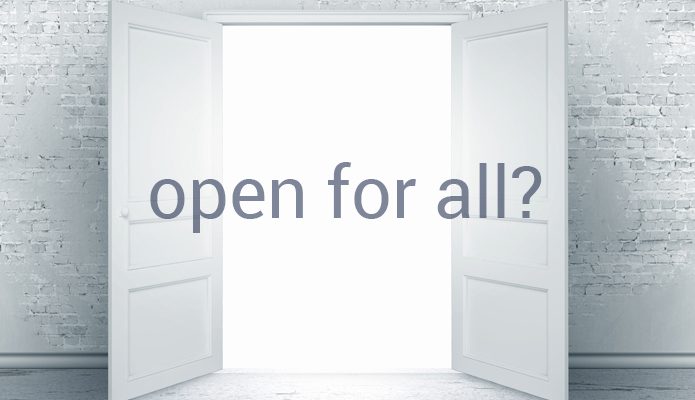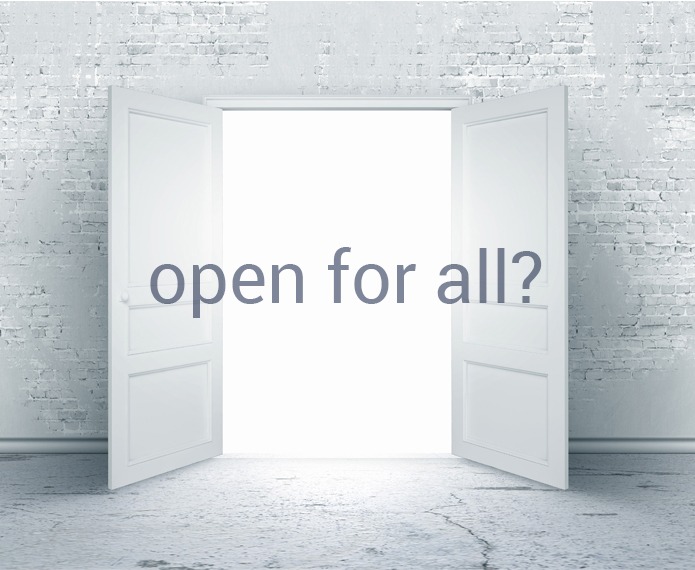The thinking of Comrade F. Dobler from the early 20th century remains relevant and even prescient: those who need open access to information may be those who are fundamentally excluded from public libraries.

Public Libraries and Inequality
Can public libraries make society more equal? Inequality has become a dominant concern and focus of public policy discourse at international, national, regional and local levels. With President Obama recently declaring inequality the “defining challenge of our time”, data shows that the world is becoming increasingly unequal with growing disparities between the rich and the poor, the haves and the have-nots.
In America income inequality is at historic levels and Joseph Stiglitz (The Price of Inequality, 2012) has warned that:
“We are paying a high price for our growing and outsize inequality…a weakened democracy, a diminished sense of fairness and justice…a questioning of our sense of identity.”
Keith Banting and John Myles (Inequality and the Fading of Redistributive Politics, 2013) have argued that:
‘The redistributive state is fading in Canada … In the period between the mid 1980s and the mid 1990s, the redistributive impact of the tax-transfer system was strongest in Canada, Denmark, Finland and Sweden. But by the period between the mid 1990s and the mid 2000s, Canada had joined Switzerland and the US as the countries with the smallest redistributive impact … Canadian society has become more unequal.”
The Canadian Index of Well-being emerged from the 2008 recession:
“From quarterly updates of Canada’s Gross Domestic Product (GDP) we know our country is slowly beginning to improve, but what does this mean for everyday Canadians? How are we really doing?’ Asking these questions highlights the weakness in relying solely on GDP to measure how Canada is faring. GDP only tells us about our economic productivity, assuming that all growth is good when in fact spending on crime or natural disasters contributes to productivity. GDP tells us nothing about the people, environment, democracy or other aspects of life that matter to Canadians.”
In 2011 the first national report of the Canadian Index of Well-being was published. This report found that between 1994 and 2008, Canada showed robust economic growth, but increases in the well-being of Canadians were not nearly comparable. GDP has grown almost four times more than overall well-being. The trends clearly show that even when times are good, overall well-being does not keep up with economic growth and when times are bad, the impact on our well-being is even harsher:
“As the gap between those at the top and those at the bottom continues to grow in Canada, it is important to recognize that societies with greater inequality are shown to have worse health and well-being outcomes. The evidence shows negative impacts are not just felt by those at the bottom of the socio-economic ladder, even the wealthiest suffer decreased health and well-being in societies that are unbalanced.”
One of the most detailed studies on inequality was carried out by Wilkinson and Pickett (The Spirit Level: why equality is better for everyone, 2011). They analysed a wide range of comparable data from 23 countries and found that almost everything is affected not by how wealthy a society is, but how equal it is. Societies with a bigger gap between rich and poor are bad for everyone in them – including the well off.
There is a startling correlation between income equality and a whole range of issues including happiness, physical health, mental health, drug abuse, education, imprisonment, obesity, social mobility, trust and community life, violence, teenage births and child well-being. For example, in more equal societies, people live longer, a smaller proportion of children die in infancy and self-rated health is better; children do better at school and there is more social mobility; communities are more cohesive and people trust each other more.
Wilkinson and Pickett focused on 23 developed countries which had comparable data on income inequality. These countries were then ranked in order of income inequality (measured by how much richer the richest 20% of people are than the poorest 20% in each country). Their data indicates that Finland, Sweden and Denmark are among the top five most equal countries. Canada is in 12th place.
David Fuegi and Martin Jennings (International Library Statistics: trends and commentary based on the LIBECON data, 2004) have analysed public library performance data taken from the LIBECON database of internationally comparable public library statistics. Their data indicates that Finland, Sweden and Denmark are among the top four highest performing countries in terms of library visits. Canada is in 17th place:
| Income Equality | Public LibraryVisits | |
| Finland | 2 | 1 |
| Sweden | 4 | 4 |
| Denmark | 5 | 3 |
| Canada | 12 | 17 |
This suggests that there may be a relationship between income equality and library visits. If public libraries are contributing to the creation of more equal societies, the challenge is to identify that contribution and evaluate it. If we can understand and measure the public library contribution we can make it a strategic priority and align our structures, systems and cultures with this priority. This will create a benefit to society by making it more equal, and a benefit to the public library by increasing its use.
John Pateman is the CEO / Chief Librarian of the Thunder Bay Public Library. The Open for All? column explores the nature of libraries and their commitment to openness.
This Post Has 2 Comments
Comments are closed.

[…] Can public libraries make society more equal? Inequality has become a dominant concern and focus of public policy discourse at international, national, reg… […]
Many thanks, John!